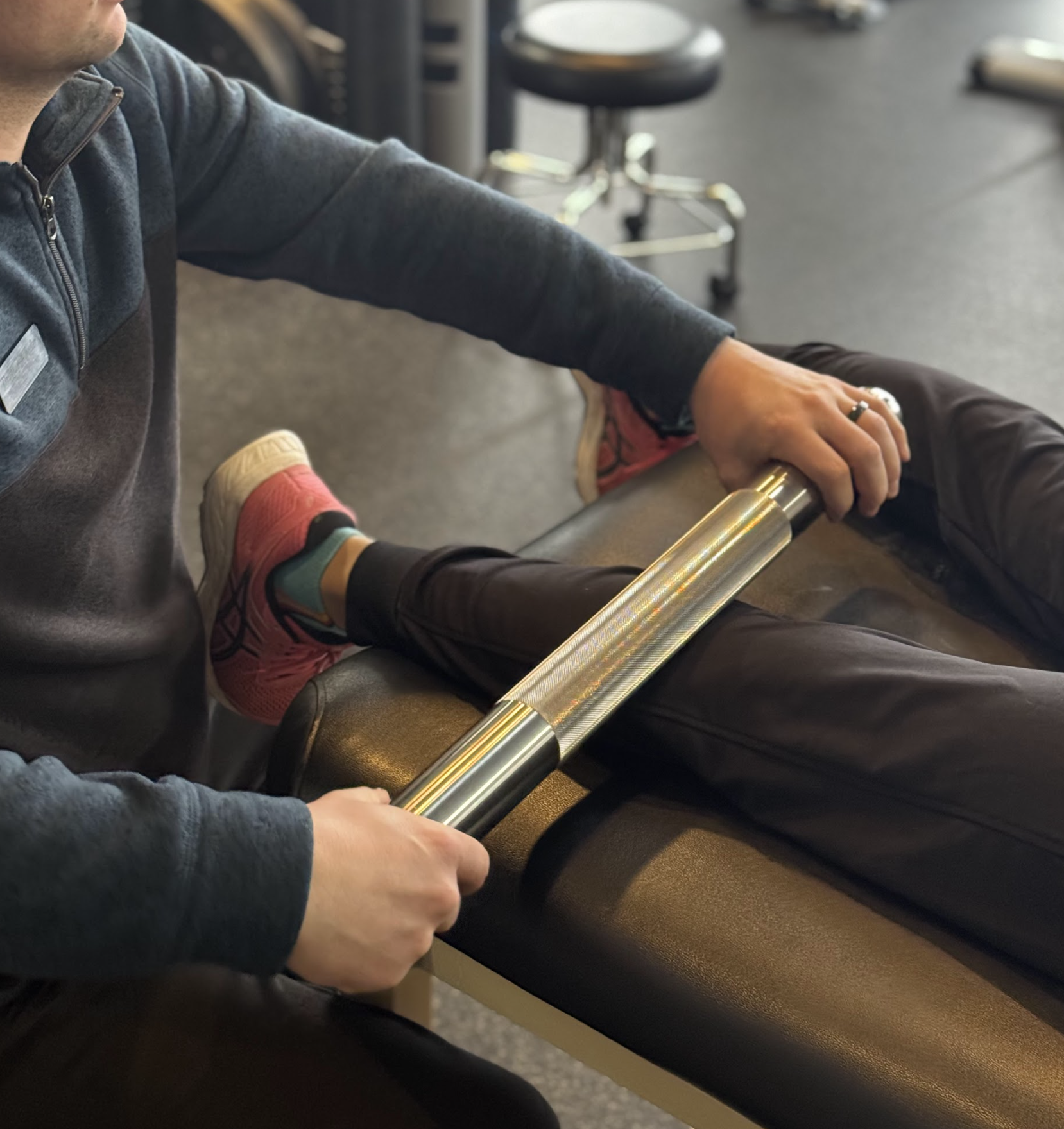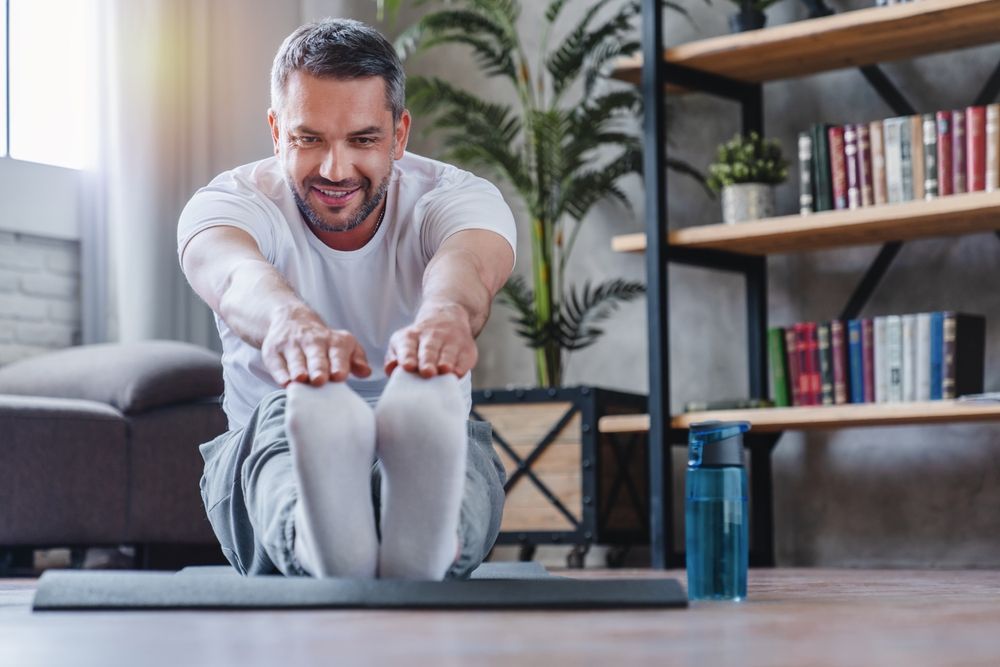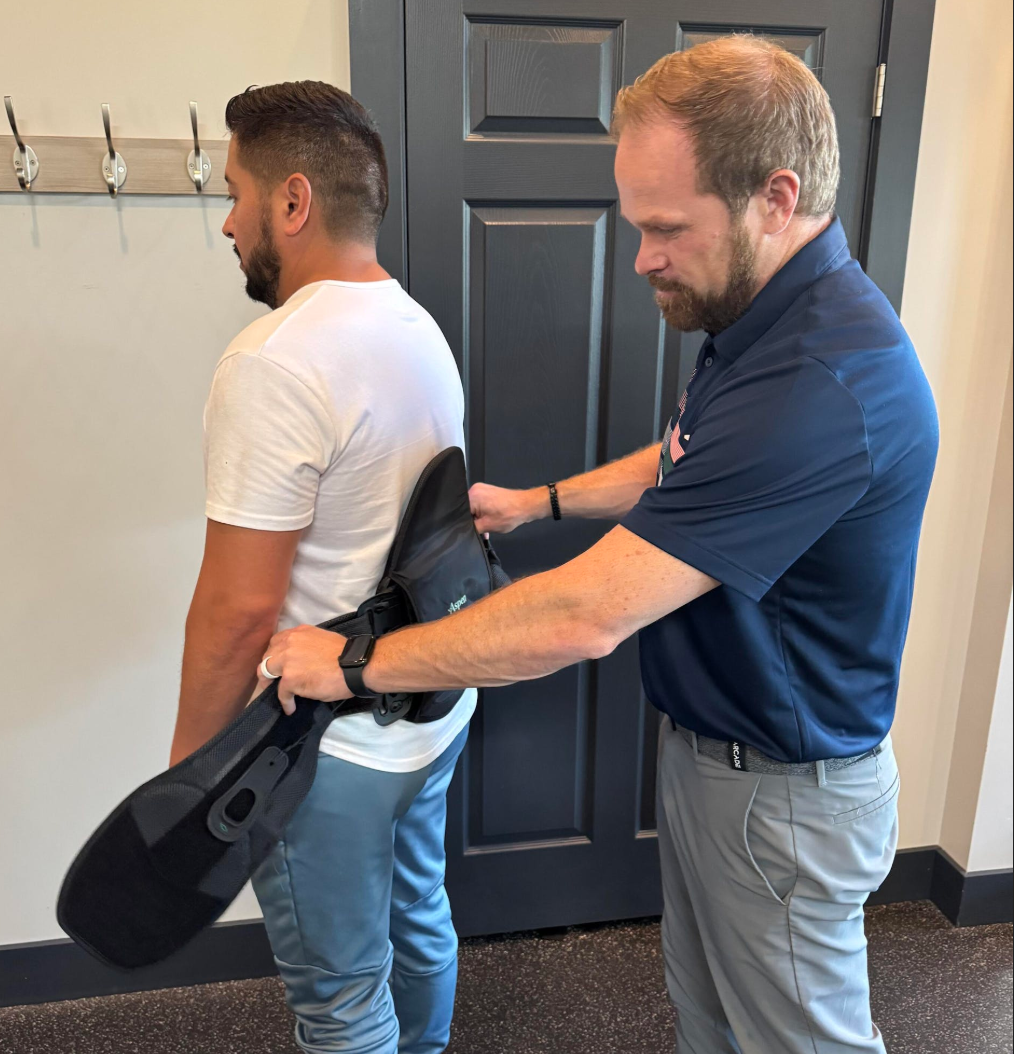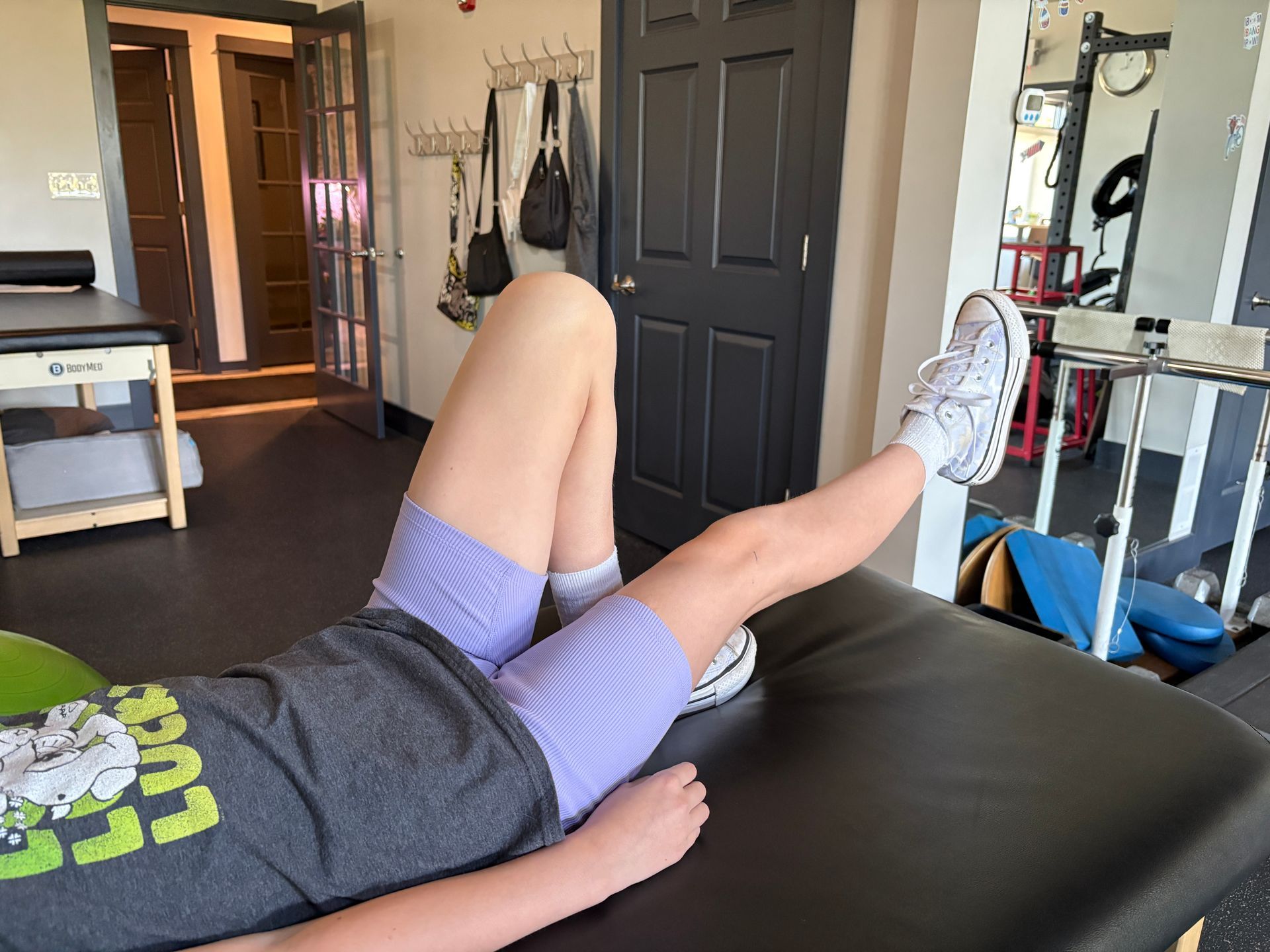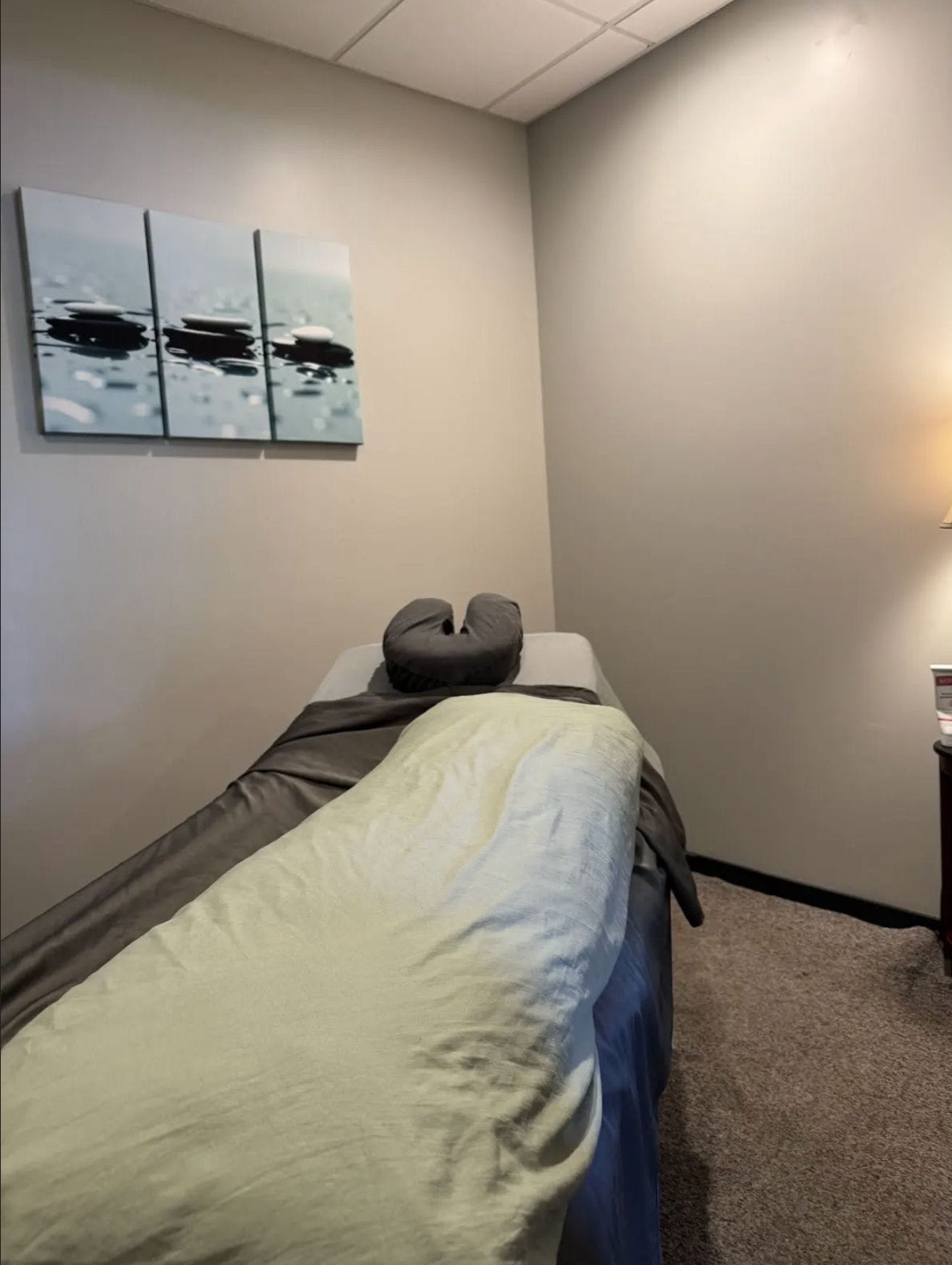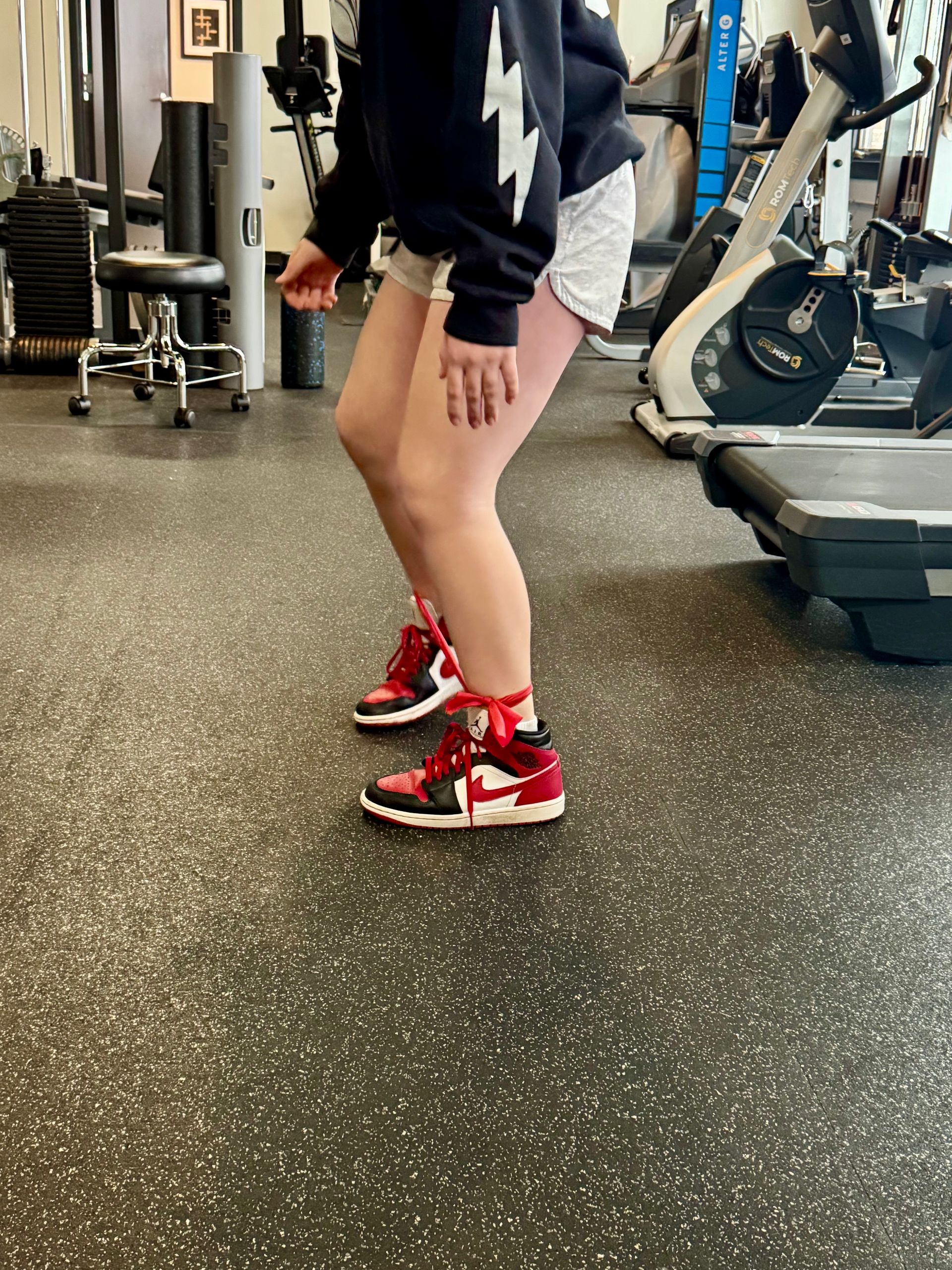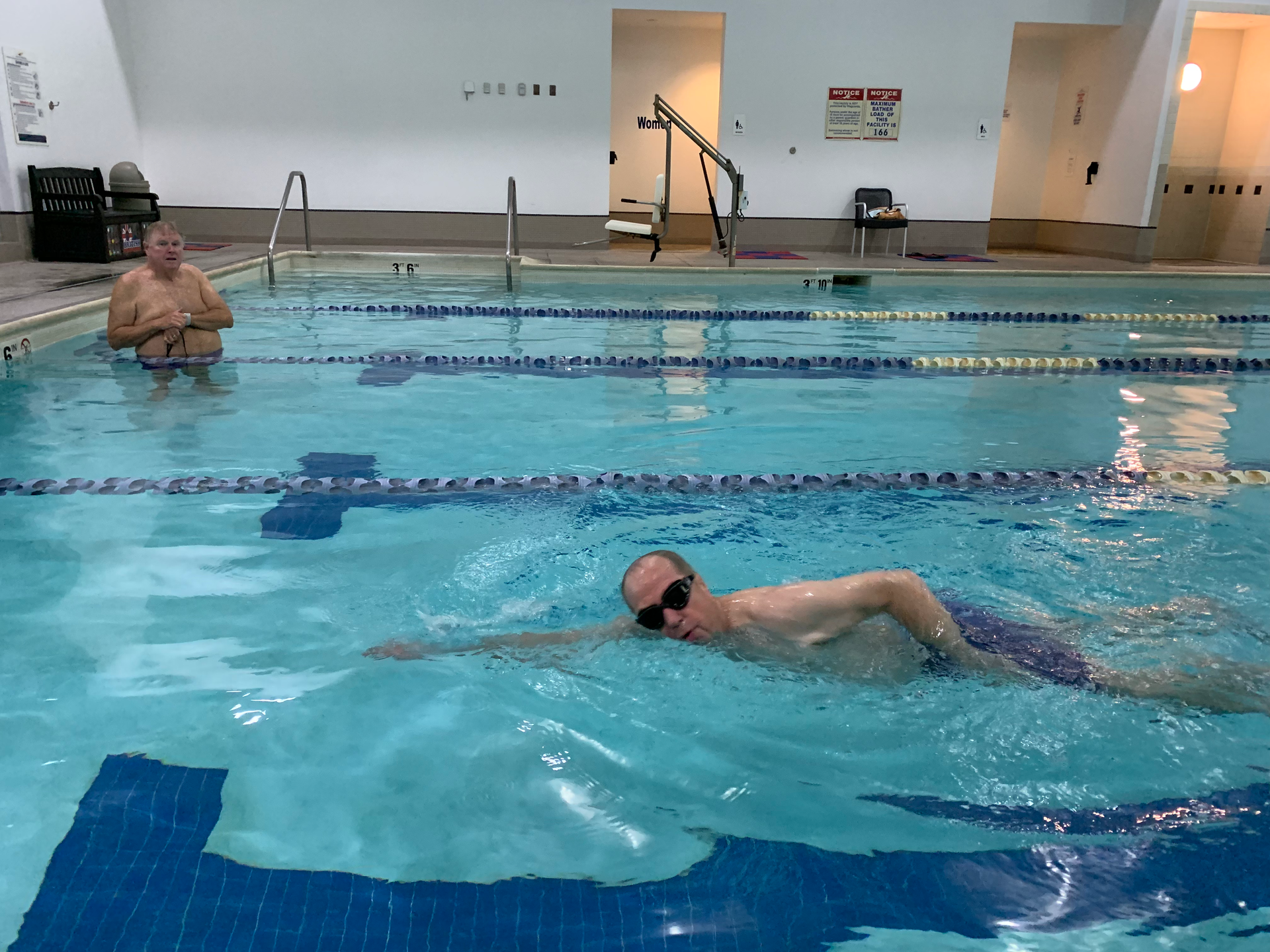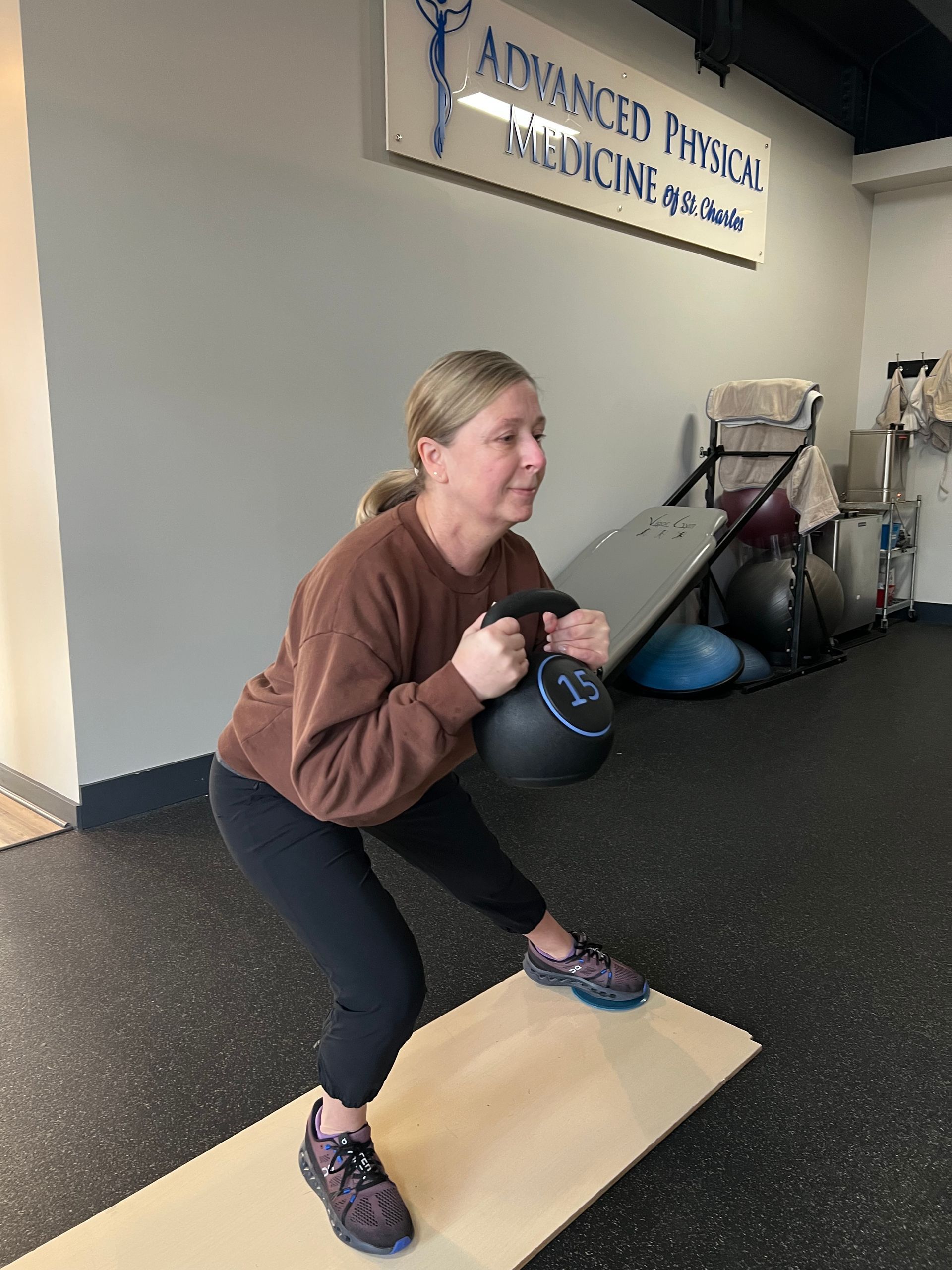Share this article:
Written by: Advanced Physical Medicine
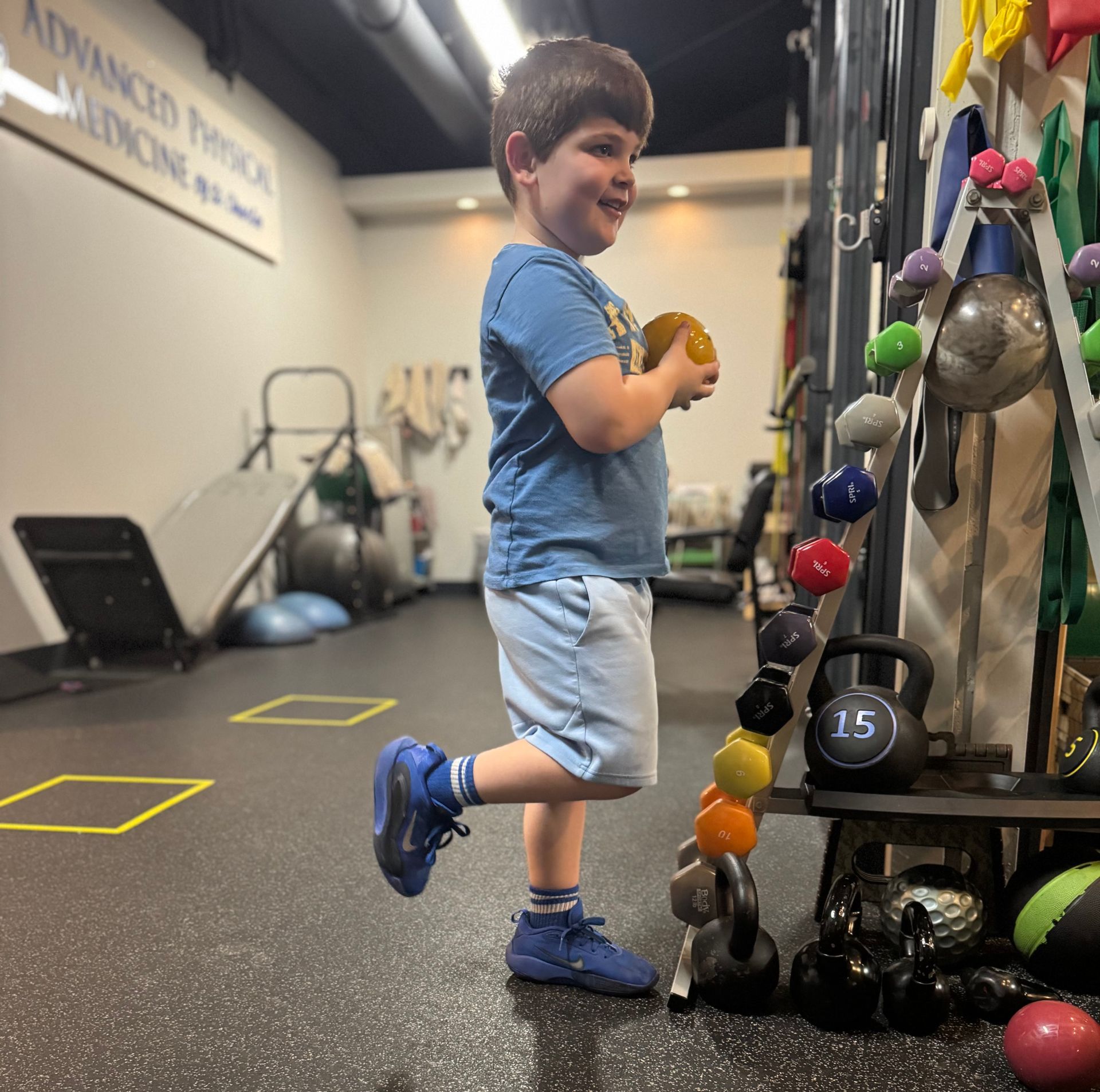
The Importance of Injury Awareness in Youth Sports
Youth sports provide children with valuable opportunities to stay active, build confidence, and learn teamwork. With regular participation, however, comes an increased risk of injury. Because children are still growing, their bodies are more susceptible to specific types of sports-related injuries.
Recognizing early signs of injury and responding appropriately helps protect a child's long-term health and physical development. Even minor injuries, if ignored, can lead to more serious complications. When parents, coaches, and caregivers stay informed and take proactive steps, young athletes are more likely to stay safe, recover quickly, and continue enjoying the benefits of sports.
1. Sprains and Strains
Sprains and strains are among the most common pediatric sports injuries. A sprain occurs when a ligament, the tissue that connects bones, is stretched or torn. A strain involves injury to a muscle or tendon. These injuries are especially frequent in sports that require sudden stops, jumping, or pivoting, such as soccer, basketball, or gymnastics.
Symptoms may include pain, swelling, bruising, and limited movement in the affected area. While mild cases often respond well to rest, ice, compression, and elevation (RICE), more serious injuries may need medical attention or physical therapy to support proper healing.
Early treatment can shorten recovery time and help prevent future injuries. Strength training, warm-ups, and correct form during activity are important for reducing the risk.
2. Growth Plate Injuries
Growth plate injuries are unique to children and adolescents because their bones are still developing. Growth plates are areas of soft cartilage located near the ends of long bones, and they are responsible for bone growth during childhood and adolescence. These areas are weaker than surrounding bone and more prone to injury during sports.
Injuries often occur from falls, collisions, or overuse, and they commonly affect the wrists, knees, and ankles. Signs may include persistent pain, swelling, and difficulty using the affected limb. Because growth plates are essential to proper bone development, these injuries require careful evaluation.
Prompt treatment is crucial to avoid long-term complications such as uneven bone growth or joint problems. A healthcare provider may recommend rest, bracing, or physical therapy, depending on the severity.
3. Fractures
Fractures, or broken bones, are a common result of falls, collisions, or direct impact during sports. In children, fractures can affect the bone shaft or the growth plate, depending on the location and severity of the injury.
Symptoms typically include sudden pain, swelling, bruising, and an inability to move or put weight on the affected area. In some cases, the limb may look visibly deformed. Immediate medical attention is necessary to confirm the diagnosis and determine the appropriate treatment.
Most pediatric fractures heal well with proper care, which may include casting, splinting, or, in more complex cases, surgery. Physical therapy is often recommended after healing to restore strength and mobility.
4. Tendonitis
Tendonitis is inflammation of a tendon, often caused by repeated motion or overuse. In young athletes, it commonly affects the knees, elbows, and shoulders, particularly in sports that involve frequent jumping, throwing, or swimming.
The condition usually develops gradually and may present as a dull ache, tenderness, or swelling near a joint. Discomfort often increases with activity and lessens with rest. While it may seem minor at first, tendonitis can become more serious if ignored.
To reduce the risk, young athletes should focus on proper form, balanced training, and rest. Regular stretching and strengthening
exercises also help relieve strain on tendons and promote long-term joint health.
5. Shin Splints
Shin splints refer to pain along the front or inner part of the lower leg, typically caused by repetitive impact on hard surfaces. This condition is common in sports that involve running or jumping, such as track and field, basketball, or soccer.
Children may describe a dull or sharp pain that worsens with activity and improves with rest. In some cases, there may be mild swelling or tenderness along the shin. Shin splints often occur when training intensity increases too quickly or when footwear lacks proper support.
Gradual conditioning, wearing appropriate shoes, and avoiding hard surfaces during high-impact activity can help prevent shin splints. When symptoms appear, reducing activity and allowing time for recovery is important to avoid further irritation.
6. Knee Injuries
Knee injuries are common in young athletes due to the joint’s central role in movement, jumping, and pivoting. These injuries can range from mild irritation to more serious issues involving ligaments, cartilage, or tendons.
Common conditions include patellar tendinitis, runner’s knee, and ligament sprains. Symptoms may involve pain during movement, swelling, stiffness, or a feeling of instability. Sports like basketball, soccer, and gymnastics place extra stress on the knees, especially when technique or strength is lacking.
Supporting knee health involves building strength in the surrounding muscles, maintaining flexibility, and teaching proper landing and movement mechanics.
7. Ankle Injuries
Ankle injuries often occur when a child twists or rolls the ankle during play, especially in sports that involve quick changes in direction, such as soccer, basketball, or tennis. These injuries typically involve the ligaments around the ankle and can range from mild to severe.
Children may experience pain, swelling, bruising, or difficulty bearing weight. In some cases, the ankle may feel unstable or weak during activity. Ankle sprains are the most common type of injury in this area, but can be easily overlooked if symptoms seem minor.
Preventing ankle injuries starts with proper footwear, supportive surfaces, and conditioning exercises that improve balance and stability.
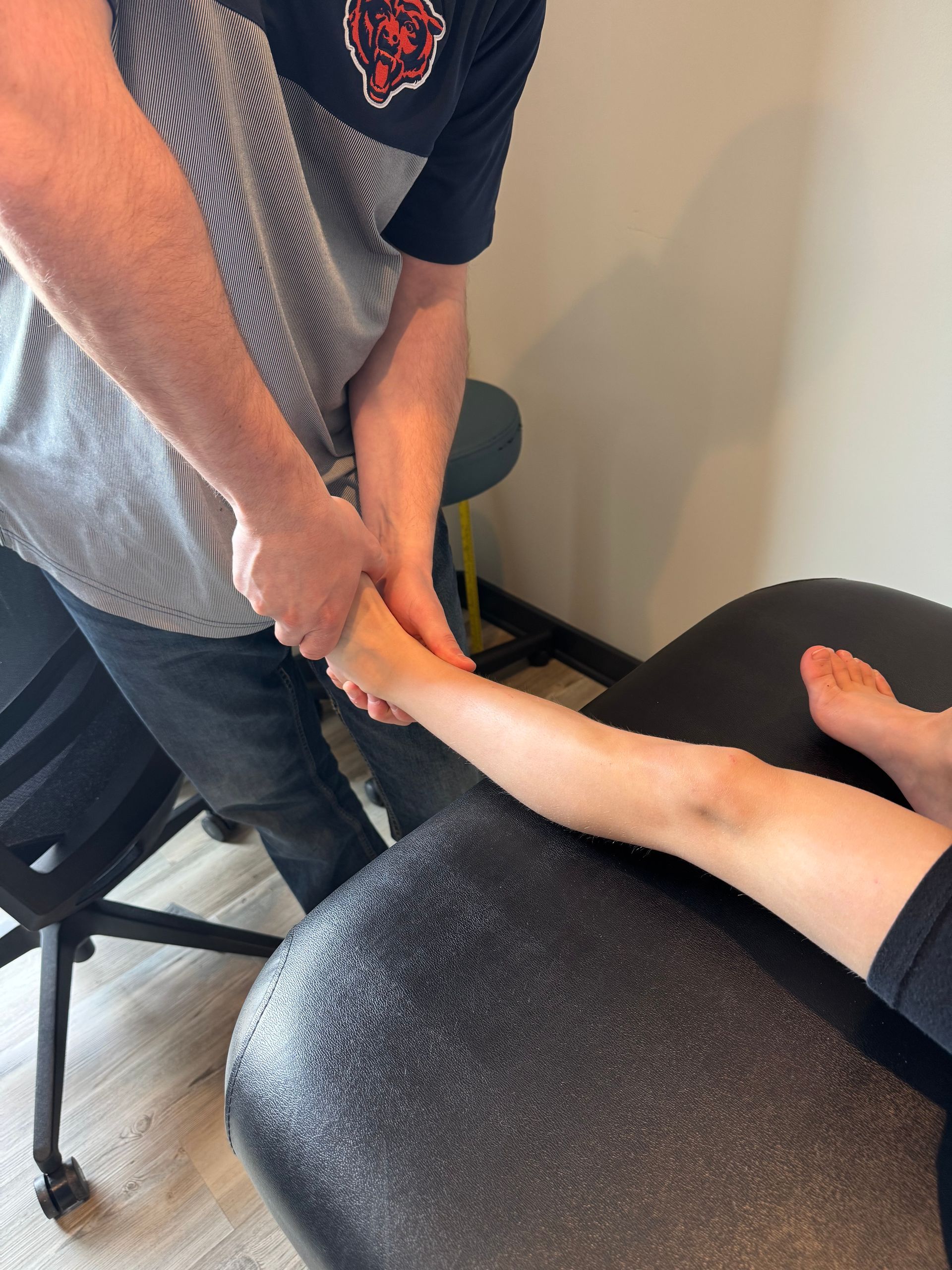
8. Shoulder Injuries
Shoulder injuries in children often result from repeated overhead movements or excessive strain during throwing, swimming, or weight-bearing activities. These injuries can affect the muscles, tendons, or growth plates in the shoulder joint.
Common conditions include shoulder impingement, rotator cuff irritation, and Little League shoulder. Symptoms may involve pain during overhead motion, weakness, limited range of motion, or discomfort that worsens with use.
Improving shoulder strength and flexibility, especially in the muscles that support shoulder stability, helps reduce strain during activity. Limiting overuse and emphasizing proper form are important steps in preventing injury in this complex and heavily used joint.
9. Concussions
A concussion is a type of mild traumatic brain injury caused by a bump, blow, or jolt to the head. In youth sports, concussions most often occur during contact sports like football, hockey, soccer, and basketball.
Symptoms can vary but may include headache, dizziness, confusion, nausea, sensitivity to light or noise, and difficulty concentrating. Some signs appear immediately, while others may develop hours later. Not all concussions involve a loss of consciousness, which makes careful observation especially important.
Any suspected head injury should be evaluated by a medical professional. Rest and a gradual return to activity under supervision are essential to a full recovery. Education and proper safety measures help reduce the risk and protect long-term brain health.
10. Overuse Injuries
Overuse injuries develop when a child repeats the same movements too often without enough time for rest and recovery. These injuries are not caused by a single event but by accumulated stress on muscles, bones, or joints over time.
Common examples include stress fractures, tendonitis, and conditions like Little League elbow or jumper’s knee. Symptoms may start as mild soreness or stiffness and gradually worsen with continued activity. These injuries are especially common in athletes who train year-round or specialize in a single sport at an early age.
Prevention involves balancing activity with rest, encouraging variety in movement, and adjusting training based on the child’s age and physical development.
How Advanced Physical Medicine of St. Charles Can Help
If your child is experiencing pain or recovering from a sports injury, expert care is key. Advanced Physical Medicine of St. Charles provides specialized physical therapy, massage therapy, and chiropractic services tailored to young athletes.
Our team helps children recover safely, improve mobility, and prevent future injuries. Schedule an appointment today and see why families trust us for
pediatric sports injury care.
Connect with Us:

